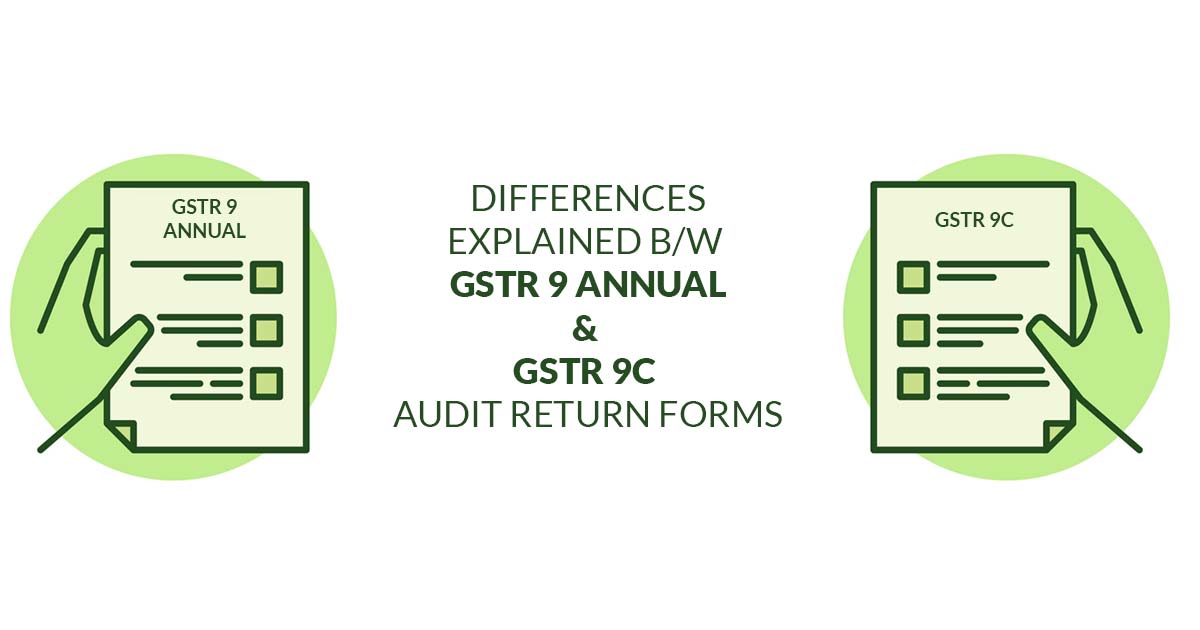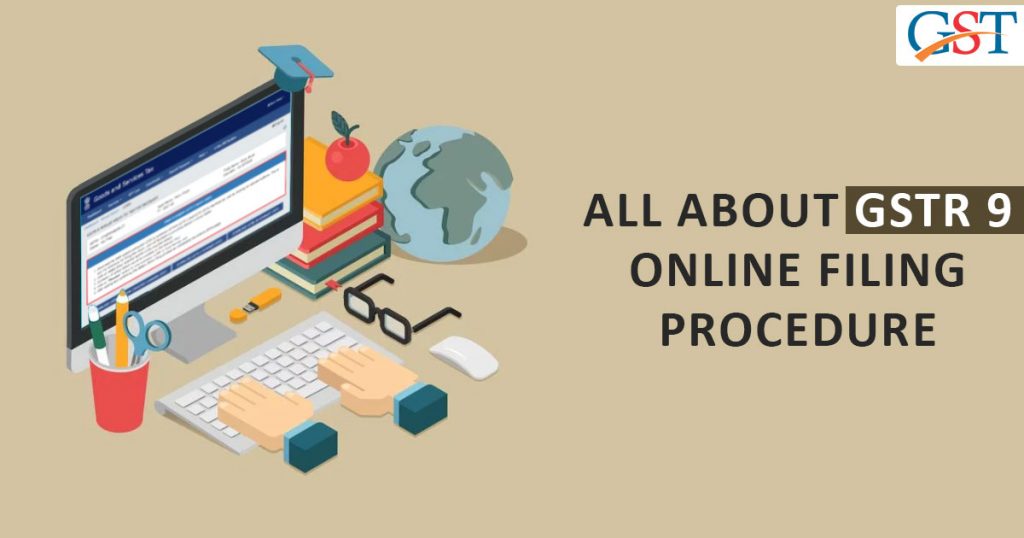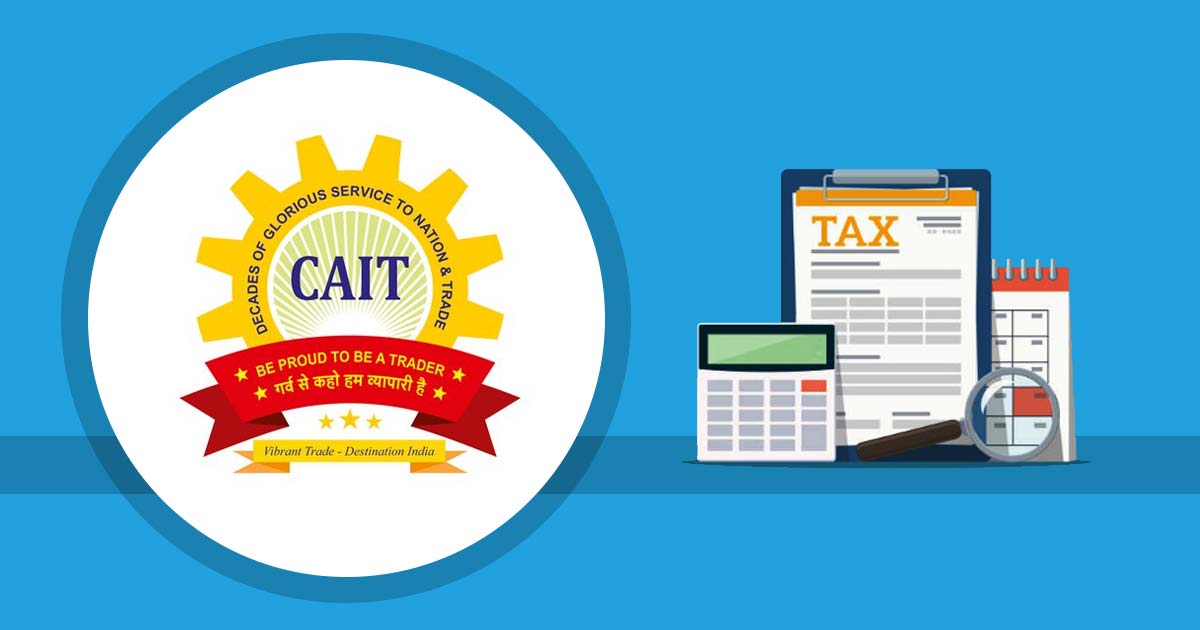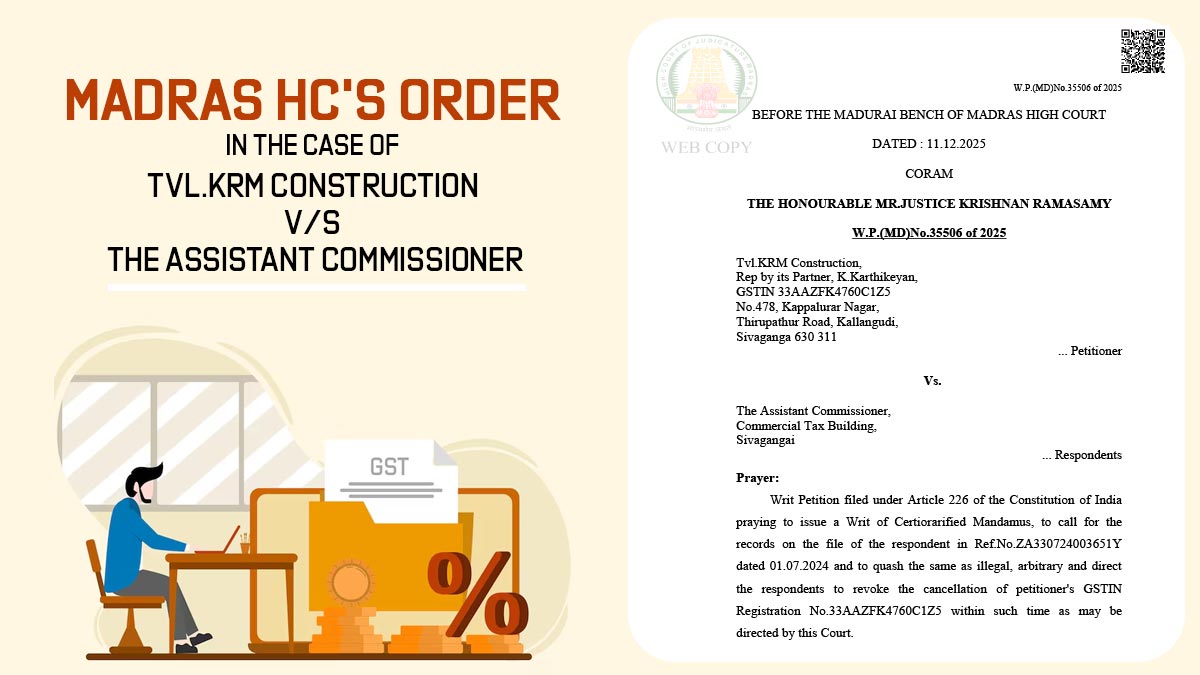CAIT recently again asked for the extension in GSTR 9 annual return due dates to be 31st October from the current 31st august. The organization sent a letter regarding this to the union finance minister Nirmala Sitharaman.
The reason being the portal not working efficiently and is been lagging since lakhs of taxpayers are trying to file their annual return is making the portal lag. Therefore it seems that the finance ministry must make some amendments in the due date and should accept the request made by the CAIT.
The concept and obligations for the GSTR-9 and GSTR-9C 
Here Are the Key Points From the CAIT Appeal:
Extension of the last date of filing annual GST return to 31st October 2019.
The last date for filing GST Annual Returns (GSTR-9) is 31st December. But the CAIT has raised concerns over non-availability of GSTR-9 format as well as lack of clear guidelines. The CAIT in its appeal to the Finance Minister has also communicated that the format for filing GST Annual Return 
Reportedly, GST Annual Returns is the is the only way for GST registered taxpayers to correct any mistakes committed during filing of other returns for a given financial year. Most taxpayers are yet not aware of the repercussion of missing the December 31st deadline. As such an extension will not only pave the way for accurate compliance but also help negate any unwanted friction in input tax credit claims.










